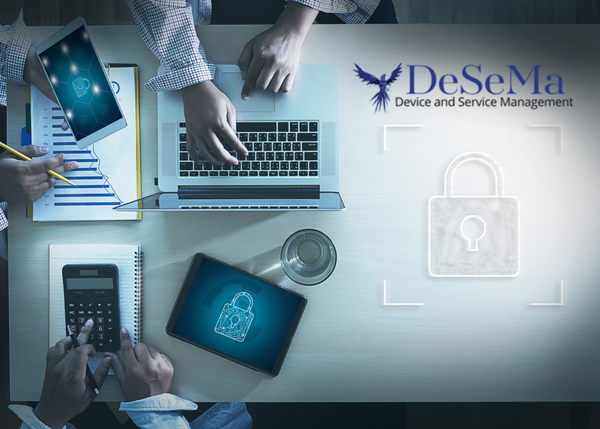“Identity is the new perimeter.” Security experts have repeated this catchphrase for at least 10 years. It started when organizations began large-scale adoption Software-as-a-Service applications, and the workforce became increasingly mobile. These trends created a porous network perimeter that’s difficult to secure.
Remote and hybrid work models, Internet of Things (IoT) devices, and third-party access have further eroded the network perimeter. In order to protect sensitive applications and data, organizations must ensure that only authorized users are able to access them. However, many organizations continue to struggle with identity and access management (IAM).
Faced with growing numbers of users, machines and applications that require access to IT resources, many organizations devote significant time and effort to the task of adding, changing and deleting user identities and permissions. In many organizations, user identities must be manually updated across disparate applications and resources, leading to mistakes and delays that impact productivity and increase the risk of a security breach.



